Sustainable design is nothing without the human factor. Alan Hedge discusses the field of green ergonomics, which emphasises the importance of the human element of green building.
January 16th, 2012
Most people don’t realise there is an integral link between ergonomics and sustainable design. However, in the US, these areas are becoming very closely related, and there is the potential for similar opportunities in Australia, particularly with the systems already in place such as the Green Building Council of Australia (GBCA) and the Green Star rating system. On the GBCA website it states that a sustainable community starts with people, not buildings, and that a sustainable community shouldn’t only be environmentally sustainable, it should also be socially and economically sustainable.
In both these statements, we’re looking at the human factor in creating sustainable environments. Looking at the Green Star rating system, however, there is no discussion of the human factor. Why is this human element so important?
If you look at data on the life-cycle cost analysis of buildings – generally 30 years in the US – you’ll find design and construction costs are about 2% of the total cost, and maintenance and operational costs – including all energy costs – are about 6%. This means that 92% of the building’s costs have nothing to do with the building and everything to do with the occupants. Looking at these costs, we find that increasing productivity by just 1% is, in a typical office building, equal to 100% of the energy costs. And, this is where ergonomics can play a role. If we can improve the health, the well-being, and the comfort of people, we can improve productivity.
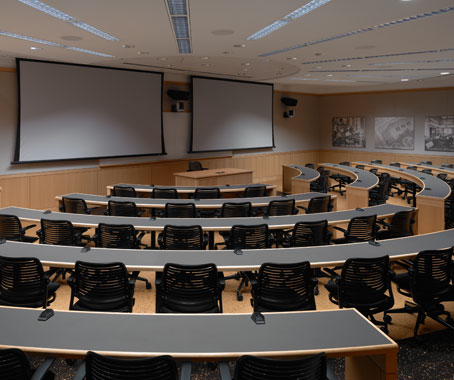
UC Berkeley Law School, where ergonomist Mallory Lynch worked with architects, designers and employees to develop a standard strategy for the design solution.
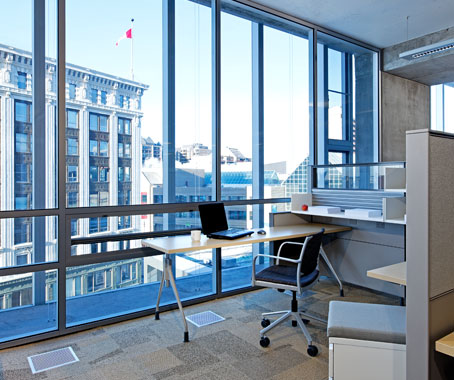
Manitoba Hydro’s office is the most energy efficient building in Canada; the company eliminated all musculoskeletal injury cases among workers with the move to their new premises.
The recent writing of people like Dan Kopek (an architect writing about health and sustainability in the built environment) draws attention to the intimate relationship between architecture and ergonomics. But, it also makes the point that most architects get no training in ergonomics and vice versa. There is a need for the two to come together, and this area is called ’green ergonomics’.
Green ergonomics looks at how ergonomics can be integrated into sustainable design so that performance, productivity, comfort, health and well-being are enhanced, resulting in increased sustainability of both the individual and the organisational system. Many energy efficient buildings are fantastic while they’re unoccupied but, if people don’t have the correct behaviours, then the building no longer works in the intended, sustainable way when occupied. Green ergonomics examines what changes we can make to the environment to support more energy effective behaviours.
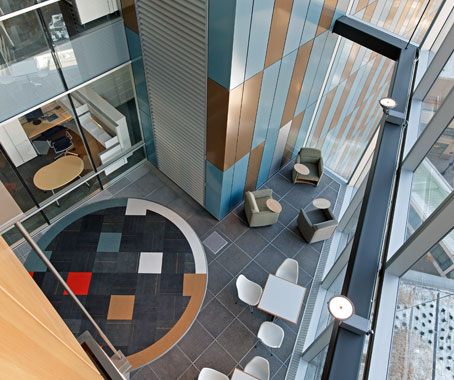
Manitoba Hydro
In the US, the Leadership in Energy and Environmental Design (LEED) rating system has trained more than 100,000 professionals over the past decade, and ergonomics has now become an integral component in all LEED processes.
A recent study published in the American Journal of Public Health looked at LEED credits of buildings in Michigan, and how this impacted ergonomic design and productivity. Looking at air quality, for example, they found that higher quality led to around two hours more productivity from people who suffered allergies, asthma, stress and depression. The office ergonomics factor, however, improved productivity by around 40 hours per worker – an average productivity increase of 2.6%, which translates to twice the total energy cost for a typical green building.
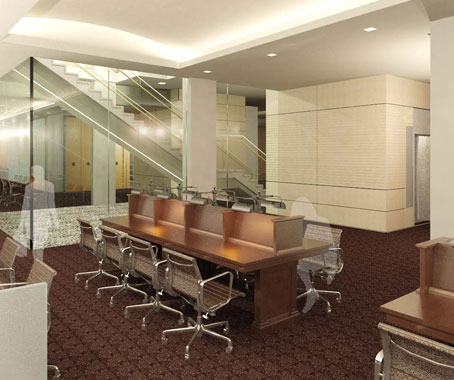
UC Berkeley Law School
Looking at other reports, we can see that it is reasonable to expect even better results by introducing good ergonomics. One such report looks at 40 buildings and quantifies productivity changes in 25. The average increase in productivity after the implementation of a good ergonomics program was 12%, which translates to nearly 20 times the energy cost of a typical green building in the US. From these figures, you can see why the USGBC is seriously looking at how to improve the ergonomic design of workplaces.
Ergonomic design facilitates health and productivity. A move towards a human factor component in green building rating systems around the world is inevitable. There is a bright future for green ergonomics around the world if ergonomists, designers and architects can work together to solve problems before they arise.
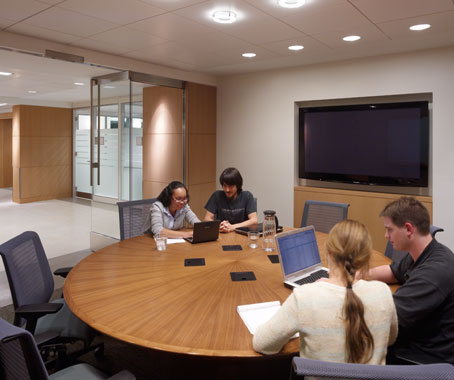
Students at UC Berkeley Law School
Alan Hedge (pictured at top) is a Professor in the Department of Design and Environmental Analysis at Cornell University and a Research Professor in the Department of Mechanical and Aerospace Engineering at Syracuse University. He directs the Human Factors and Ergonomics teaching and research programs. This text is edited from a talk he gave at Schiavello on green ergonomics when he was in Australia earlier this year as a guest of Humanscale. This is an abridged version of a story which originally appeared in Indesign Issue 46.
A searchable and comprehensive guide for specifying leading products and their suppliers
Keep up to date with the latest and greatest from our industry BFF's!

Savage Design’s approach to understanding the relationship between design concepts and user experience, particularly with metalwork, transcends traditional boundaries, blending timeless craftsmanship with digital innovation to create enduring elegance in objects, furnishings, and door furniture.

Create a configuration to suit your needs with this curved collection.

The Sub-Zero Wolf showrooms in Sydney and Melbourne provide a creative experience unlike any other. Now showcasing all-new product ranges, the showrooms present a unique perspective on the future of kitchens, homes and lifestyles.

Marylou Cafaro’s first trendjournal sparked a powerful, decades-long movement in joinery designs and finishes which eventually saw Australian design develop its independence and characteristic style. Now, polytec offers all-new insights into the future of Australian design.
Alannah Hill’s flagship Sydney store is the result of a close collaboration between David Hicks Interior Design and Soho Projects.
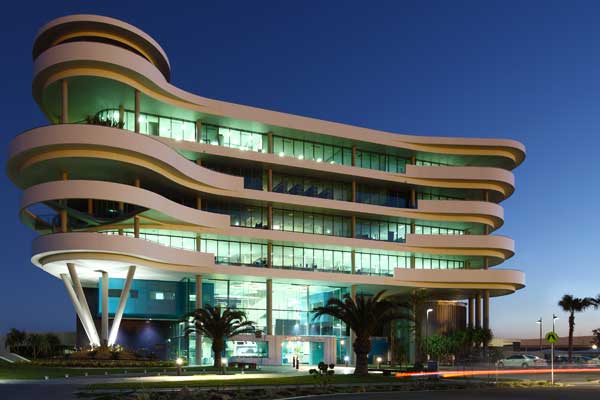
Technology and a globalised world are changing the face of architecture. ThomsonAdsett’s Chris Shaw sits down to discuss these changes, his work and the future
The internet never sleeps! Here's the stuff you might have missed

Boasting unmatched cooking and food preservation capabilities, Sub-Zero and Wolf enable designers to set a new standard for kitchen design, and inspire a higher quality of culinary experience.

A south coast escape that redefines hospitality architecture.